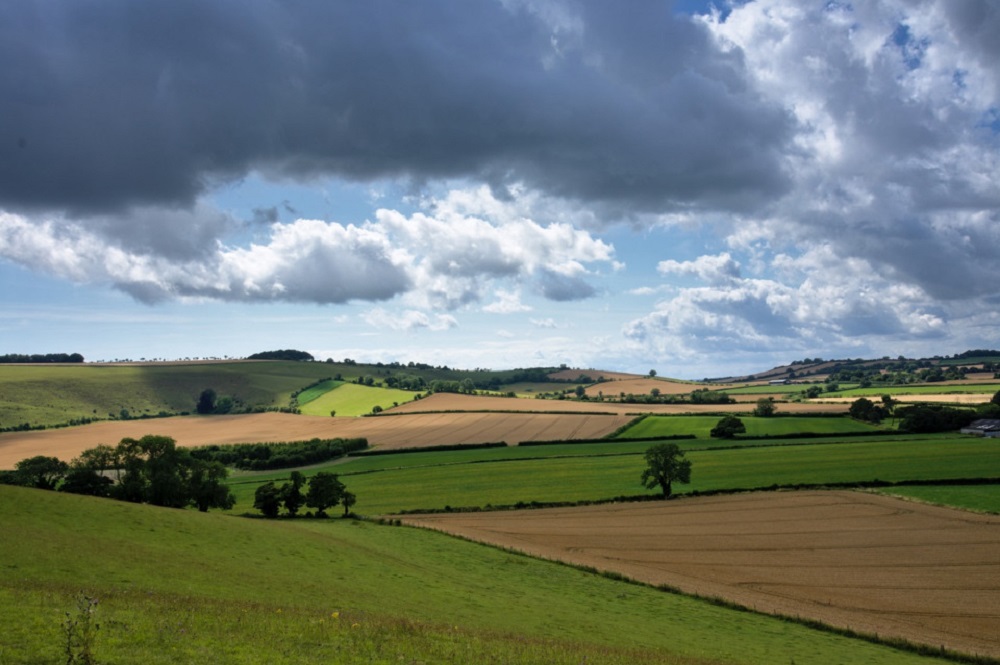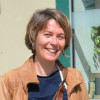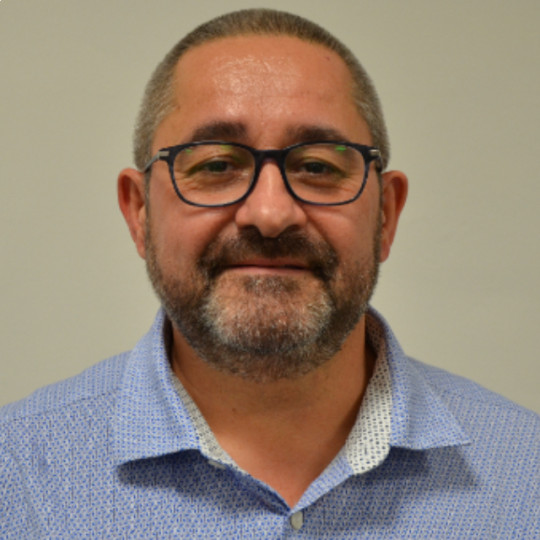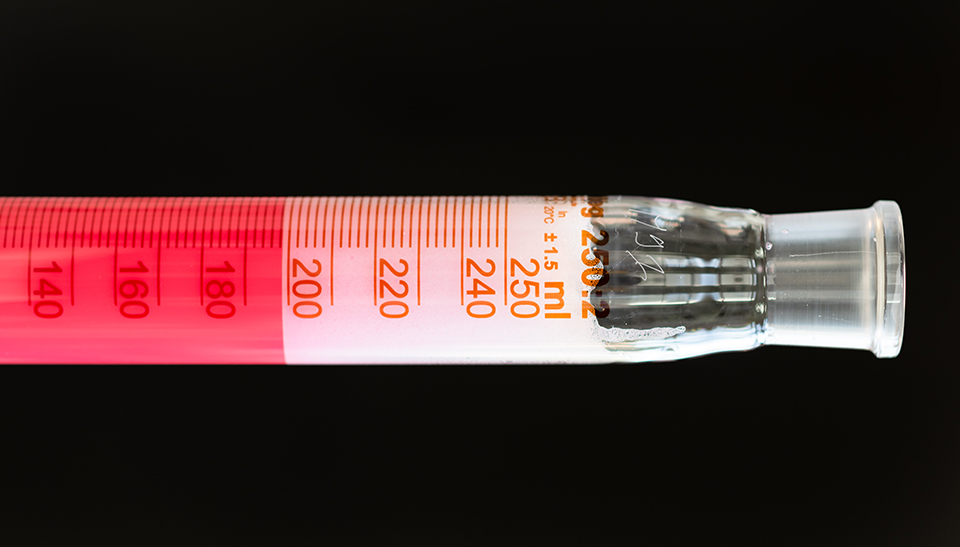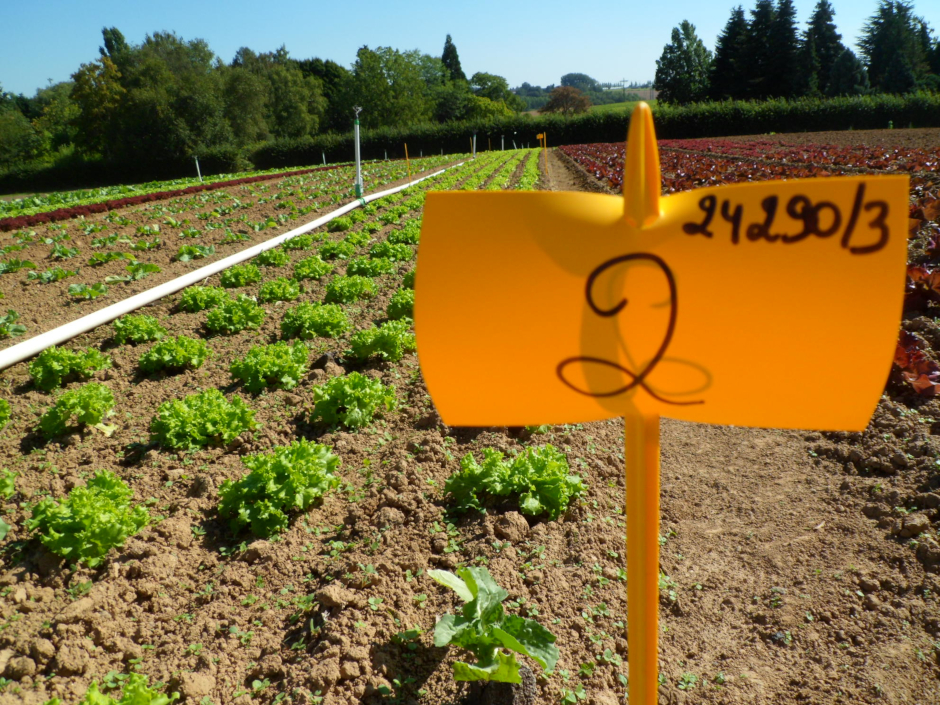Background
Soil erosion is a natural phenomenon, but if it exceeds the rate of soil formation, it becomes a threat to the sustainability of agricultural systems. In Wallonia, the current rate of erosion is not sustainable. Erosion causes damage (on-site) and a loss of resources on agricultural land which can lead to a loss of productivity but also to damage (off-site) to infrastructure in the form of mud flows. The mud also carries nutrients and plant protection products (PPPs) which can ultimately contaminate surface water. This situation may eventually worsen under the effect of climate change due to an increase in the intensity of rainfall which will therefore be more erosive.
It is widely recognized that the types of crops and the associated agricultural practices are determinant in the hydrological behaviour of small agricultural watersheds. Certain crops at risk are preferred because of their high profitability for farmers.
Objectives
The final objective of the research programme is to provide agricultural advisers and farmers with an operational decision-support tool (DST) that reconciles economic issues and the preservation of water and soil. It particularly targets the question of the spatial organization of crops in the landscape, taking into account their level of risk in terms of runoff production, erosion and transfer of plant protection products to surface water.
Description of tasks
To do this, the project is broken down into operational objectives:
- coordination: this objective is based on the observation that various actors in the field are currently making recommendations to farmers in terms of crop planning and technical routes. It aims to ensure consistency between plot development recommendations in order to reconcile the various objectives, including economic profitability.
- design of the DST: The ultimate objective of the programme, this project aims to design and test a user-friendly decision-support tool allowing agricultural advisers and farmers to assess the risks associated with runoff and the transfer of sediment and plant protection products and offering solutions appropriate to each plot and crop.
- Quantification of the effectiveness of inter-plot barriers, including economically productive barriers.
- Quantification of the effectiveness of innovative anti-erosion cultivation techniques
These last two objectives will be based both on existing bibliographic data and on trials on new promising but poorly documented practices.
Expected results
- Bibliographic database, accessible online, concerning cultivation practices, soft biohydraulic measures and calculation approaches at the watershed scale aimed at reducing runoff and sediment transfer and PPP. The existence of this database will be recorded on the project website.
- Reports resulting from a review of scientific literature (journals, scientific reports, etc.) reporting the effectiveness of current cultivation practices and current soft biohydraulic measures. Report bringing together the calculation and consultancy procedures for plot planning. These reports will be made available to the public via the project's website.
- Reports showing the results of field evaluations of innovative farming practices and biohydraulic measures. These reports will be made available to the public via the project's website.
- Post-processed data from the tests carried out
- Calculation routines making it possible to recommend and size soft biohydraulic measures at the edge of the plot for the attention of advisers working in an agricultural environment
Contribution of CRA-W
Unit 10 of the CRA-W is contributing to this project by bringing its expertise in analysis of phytosanitary products in the various environmental matrices. After choosing the molecules to be analysed, the appropriate analytical methods will be developed. Our Unit will then analyse the samples collected in the field.
The results obtained in this way will then be interpreted and disseminated in collaboration with the other partners involved.
Main partners
- Aurore Degrés, University of Liège, Gembloux Agro-Bio Tech, TERRA - Water Soil Plant Exchanges
- Charles Bielders, Catholic University of Louvain, Earth and Life Institute - Environmental Sciences
- Guy Foucart, CIPF, Independent Fodder Promotion Centre
Project funded by Service Public de Wallonie - Département du Développement, de la Ruralité, des Cours d'eau et du Bien-être animal, Direction Recherche et Développement.

